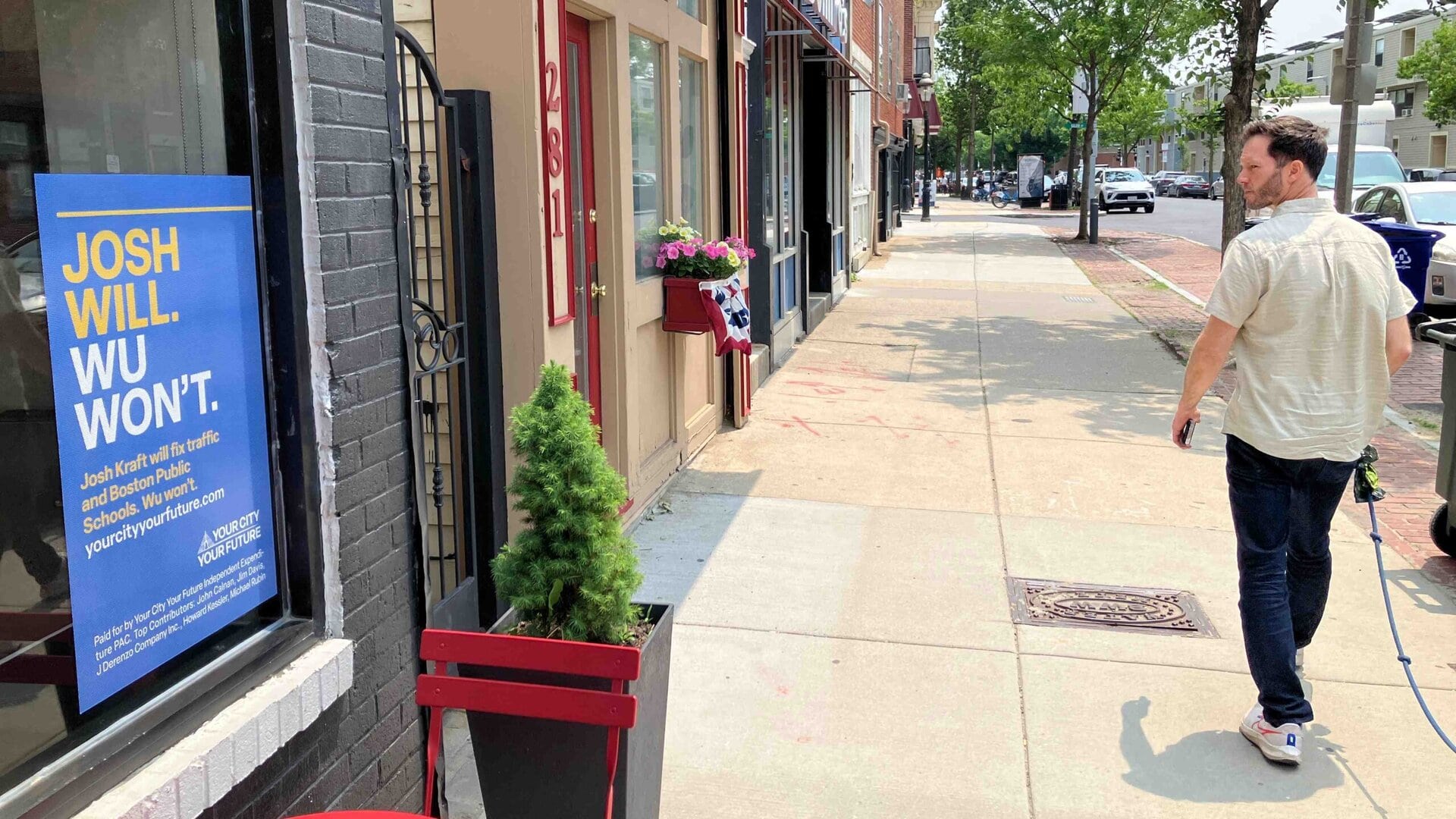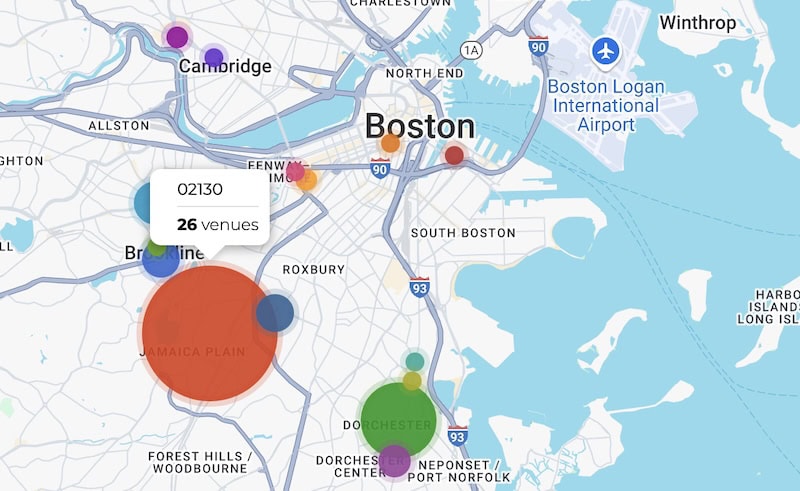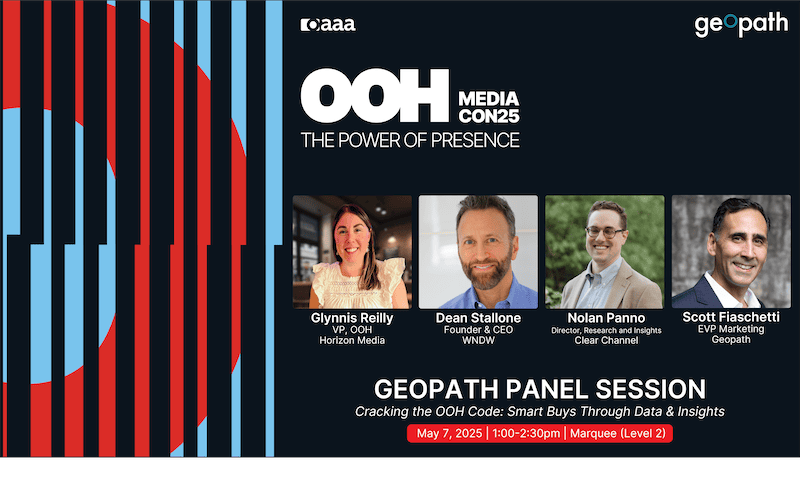
Earlier this fall, we spent some time thinking about the alarming vacancy rate amongst retail storefronts in New York City. We were shocked at the volume of responses our post inspired: friends from across the country contacted us to express their anger at the difficulties faced by small businesses even in prosperous, cosmopolitan cities. This week, we’re happy to look at these vacancies in a different light: through the lens of art.
If you haven’t heard, we’ve developed a reputation for being pretty poster-obsessed. When we read about Poster House, a museum dedicated to the media we so adore, we couldn’t wait to check out their collection of vintage poster advertisements.
Though Poster House doesn’t officially open it’s doors to the public until early 2019, the museum’s staff organized a pop-up show, “Gone Tomorrow”, to honor New York’s iconic, now-defunct venues – and the posters used by local promoters to advertise the parties, “happenings”, and other events that occurred in these long-shuttered hot spots.
The exhibit features over one hundred posters and handbills, each providing a window into a particular moment in New York history.

Upon entering the gallery (housed in the former Tekserve space on W. 23rd Street, itself an out of business New York landmark), visitors find themselves at the southern tip of Manhattan via a conceptual floor map of the city of New York. The posters, displayed on temporary construction barriers spray-painted with “Post No Bills”, are arranged within the space according the general geographic location of the venue they advertise.
Featuring a mixture of well-known classics and one-off DIY works, the show highlights the democratic nature of poster art. Posters are at their very core a form of advertising: as a media that’s intended to sell, posters don’t necessarily receive their due in terms of artistic and cultural relevance. But because the nature of poster advertising is ephemeral – that is, poster advertisements go up and come down according to the needs of the campaign – the displays which survive their first life as an ad live on as snapshots of the past.
While some nightclubs highlighted in “Gone Tomorrow” – like The Bottom Line, recently honored by the Schimmel Center’s “If These Walls Could Talk” show – remain relatively fresh in the city’s collective memory, other venues have faded from the public consciousness.
The impetus for the show, according to curator Angelina Lippert, came from a single display: a movie-poster sized bulletin advertising “Circus of Power” at the Virgin Outlaw Club hosted by one Tommy Gunn. When Lippert couldn’t find details about the nightclub, she found Gunn via Facebook. Gunn was a notorious nightlife promoter in the 80’s and 90’s who started his career with posters: he worked with a printer downtown to produce eye-catching advertisements to drive clubgoers to the parties he threw. As time went on, he developed a keen eye for design and became known for the splashy posters that adorned the sides of NYC buildings. Reminds us of someone else we know!
For one night only last week, Gunn provided guests of the Poster House with an oral history of the venues – the Ritz, the Peppermint Lounge, and Danceteria, among many others – highlighted throughout the show. Though you may have missed the chance to be regaled with stories of vintage NYC, the exhibit is still open to the public via appointment!



